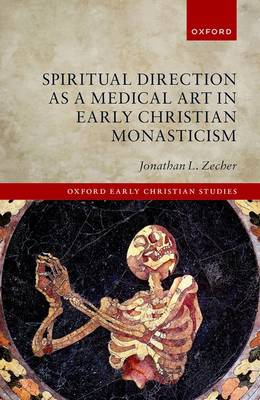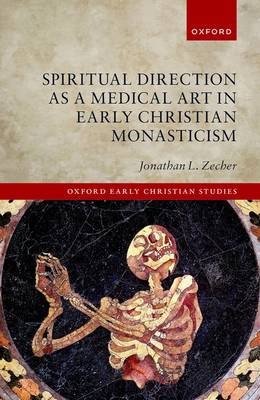
- Afhalen na 1 uur in een winkel met voorraad
- Gratis thuislevering in België vanaf € 30
- Ruim aanbod met 7 miljoen producten
- Afhalen na 1 uur in een winkel met voorraad
- Gratis thuislevering in België vanaf € 30
- Ruim aanbod met 7 miljoen producten
Zoeken
Spiritual Direction as a Medical Art in Early Christian Monasticism
Jonathan L Zecher
€ 113,45
+ 226 punten
Omschrijving
What expectations did the women and men living in early monastic communities carry into relationships of obedience and advice? What did they hope to achieve through confession and discipline? To explore these questions, this study shows how several early Christian writers applied the logic, knowledge, and practices of Galenic medicine to develop their own practices of spiritual direction. Evagrius reads dream images as diagnostic indicators of the soul's state. John Cassian crafts a nosology of the soul using lists of passions while diagnosing the causes of wet dreams. Basil of Caesarea pits the spiritual director against the physician in a competition over diagnostic expertise. John Climacus crafts pathologies of passions through demonic family trees, while equipping his spiritual director with a physician's toolkit and imagining the monastic space as a vast clinic. These different appropriations of medical logic and metaphors not only show us the thought-world of late antique monasticism, but they would also have decisive consequences for generations of Christian subjects who would learn to see themselves as sick or well, patients or healers, within monastic communities.
Specificaties
Betrokkenen
- Auteur(s):
- Uitgeverij:
Inhoud
- Aantal bladzijden:
- 400
- Taal:
- Engels
- Reeks:
Eigenschappen
- Productcode (EAN):
- 9780198854135
- Verschijningsdatum:
- 6/01/2023
- Uitvoering:
- Hardcover
- Formaat:
- Genaaid
- Afmetingen:
- 159 mm x 241 mm
- Gewicht:
- 725 g

Alleen bij Standaard Boekhandel
+ 226 punten op je klantenkaart van Standaard Boekhandel
Beoordelingen
We publiceren alleen reviews die voldoen aan de voorwaarden voor reviews. Bekijk onze voorwaarden voor reviews.











